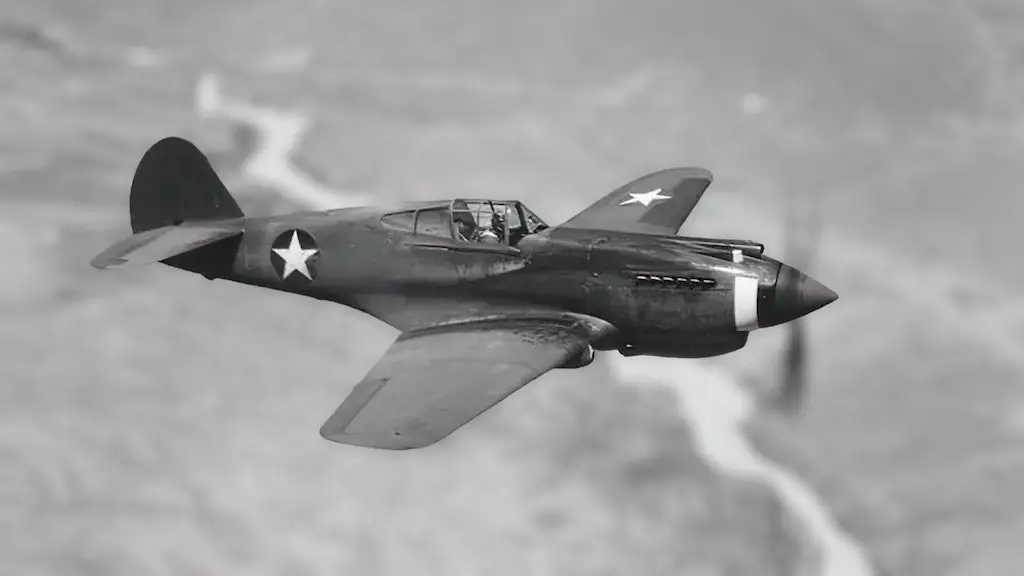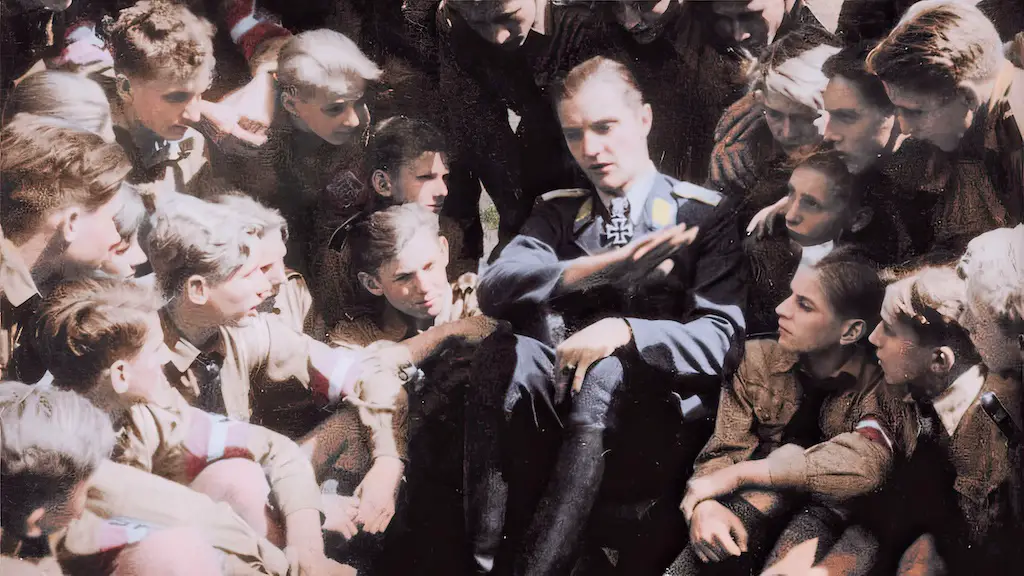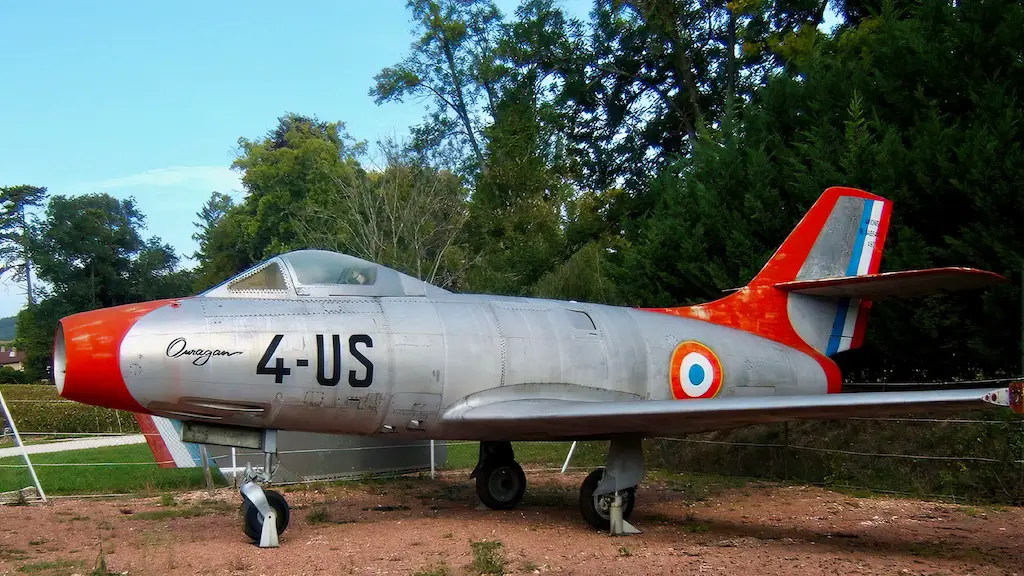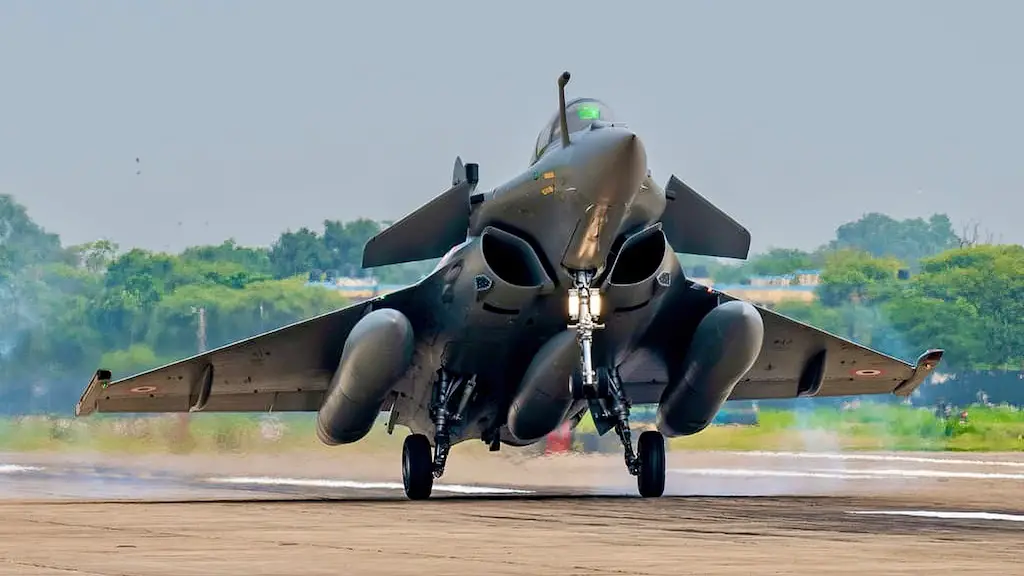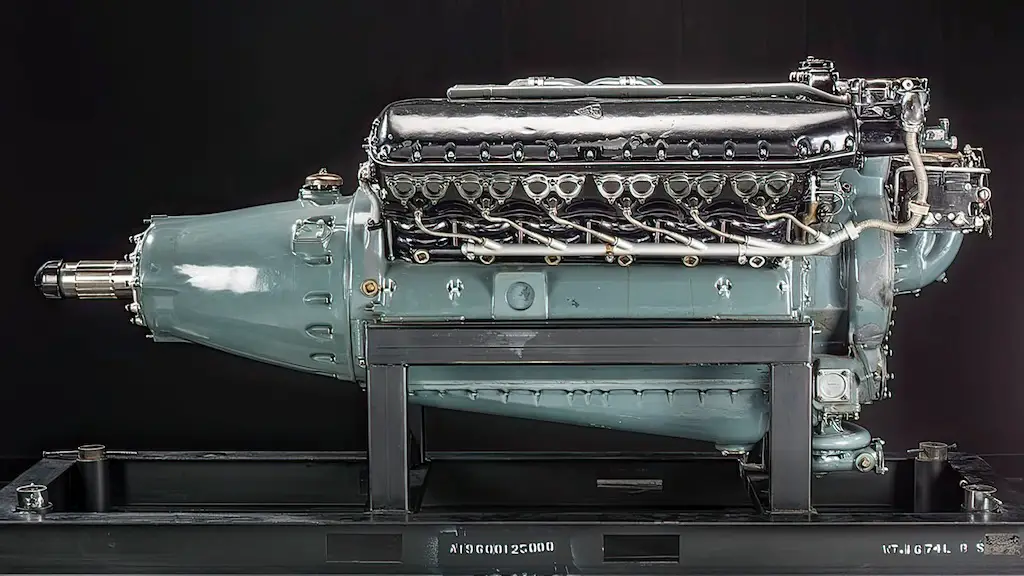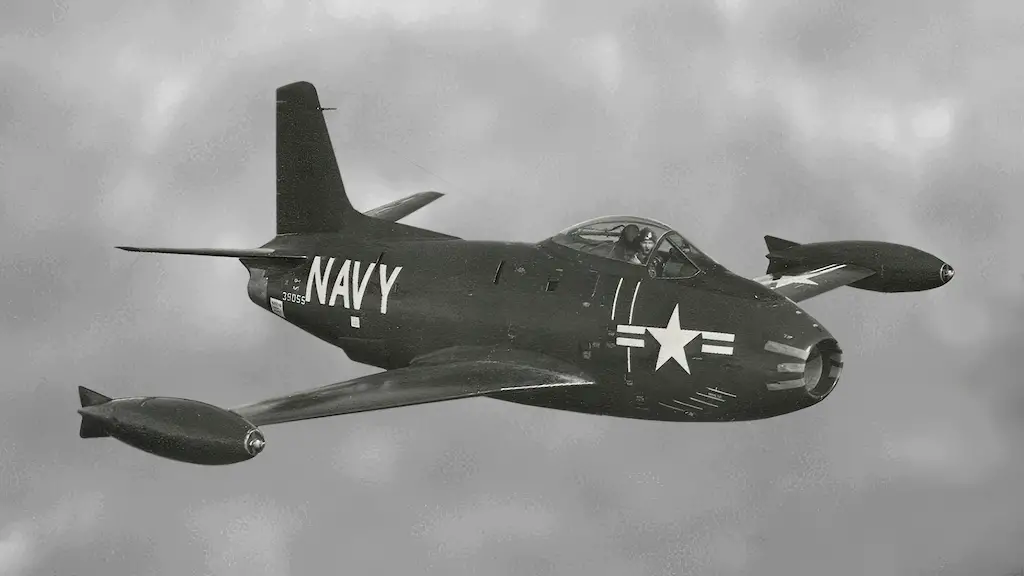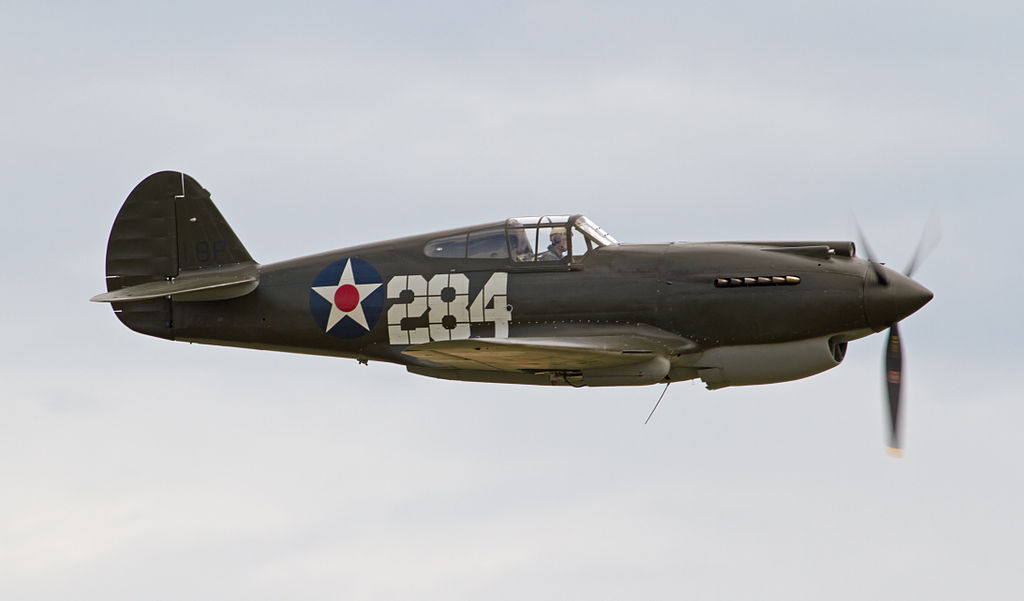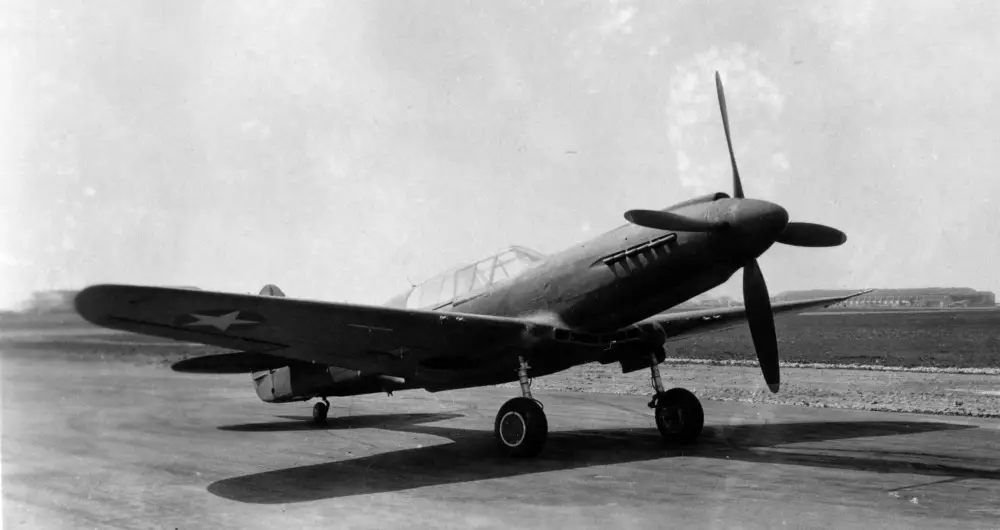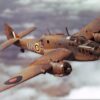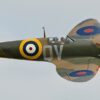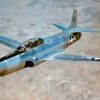Many stories often find themselves turning into mystery and then even into legend, particularly when their protagonists have fallen into obscurity. On September 2, 1942, one such story took place during the Second World War near Kienow, in the Fujian province of China.
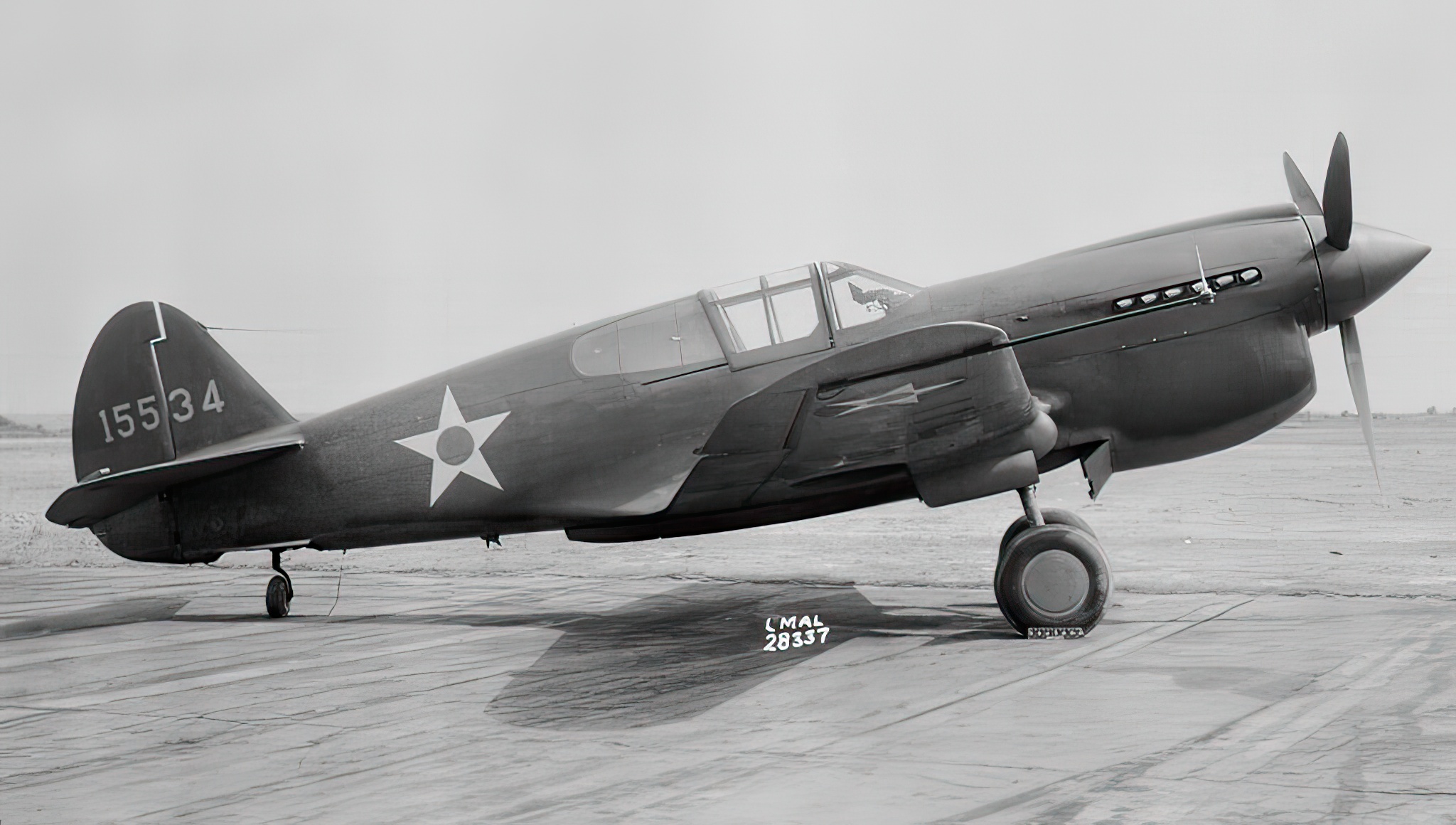
The Encounter
An aircraft flying for the then Republic of China (ROC) Air Force (the famous “Flying Tigers of the 76th Fighter Squadron) was detected by Chinese military forces. Two American pilots took off in their Curtiss P-40 Warhawk fighters to intercept the intruder, suspecting it was a Japanese aircraft.
When their planes were in eyesight to that of the intruder, the American pilots were surprised to see that it was a Curtiss P-40B fighter. It was an older version of the fighters that they flew, with early-war period roundels painted on it (those of the white star with a red circle in the centre).
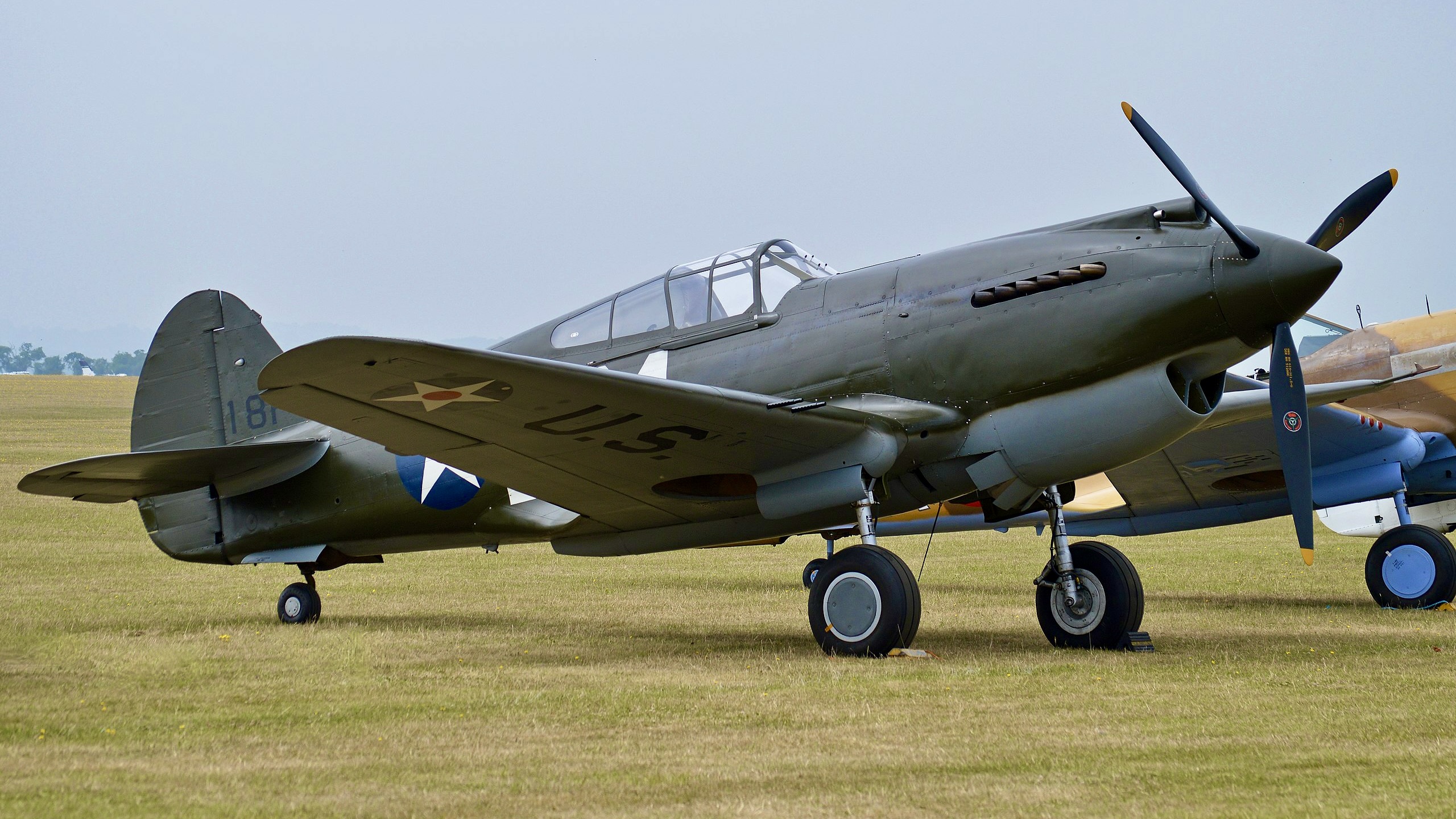
It was more of a surprise as to how the plane was flying as it was in terrible condition and was riddled with bullet holes. Moreover, the plane did not have the left wheel of its landing gear, making any attempt to land it back extremely precarious. Approaching and being parallel to the P-40B, the American aviators saw that the plane’s pilot appeared to either be unconscious or dead.
The Plane’s Disappearance
The two pilots followed P-40B for a while until it finally began to slowly descend and crash into a rice paddy below. A group of American pilots from the 76th Fighter Squadron, including Colonel Robert Scott, were sent to find the remains guided by a group of Chinese guerrillas to the approximate location where the P-40B had previously crashed.
The group managed to recover a few items. Colonel Scott was able to retrieve a partially burned journal and a packet of letters from the plane. As they were about to bury the pilot, a Japanese patrol arrived in the area and they, unfortunately, could not finish the burial. The diary and letters recovered from the P-40B were sent to military intelligence and the track of this story was lost from that point on given the clandestine nature of intelligence services.
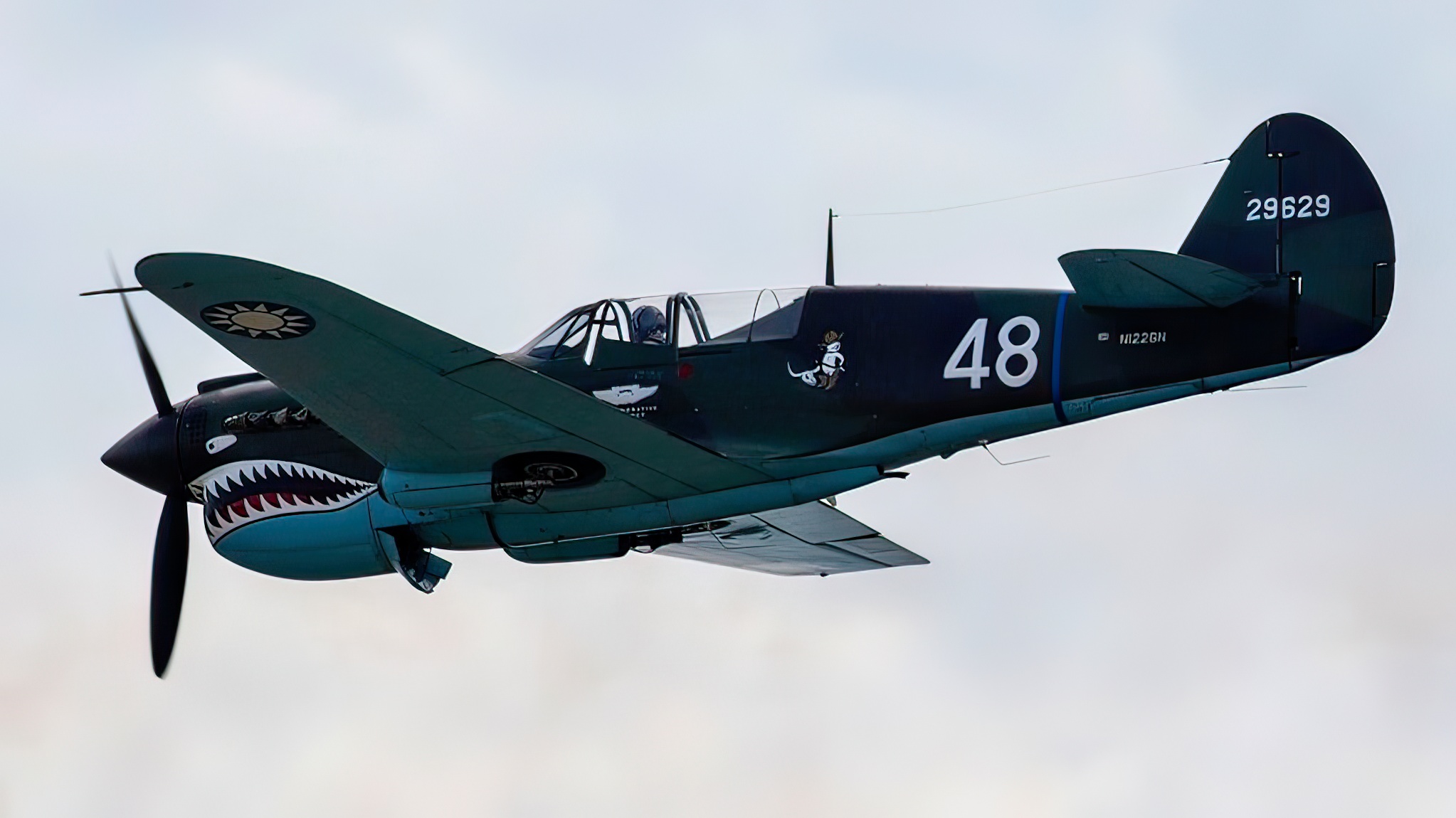
Truth is Stranger than Fiction
A year later, in 1943, Time magazine published the story of the mysterious P-40B ghost plane. One of the people who happened to have read it was a 16-year-old adolescent by the name of Curt Norris, from Norton, Massachusetts. In 1945, near the war’s end, Norris joined the US Army Air Forces and was stationed in the Philippine province of Bataan, where the ghost plane story was still circulating and tempted his curiosity even more.
Following the war, Norris devoted himself to investigating this mysterious story. His search for answers was complete upon meeting Milton McMullen, a former US Army sergeant who was stationed with the 19th Bombardment Group in Mindanao, Philippines.
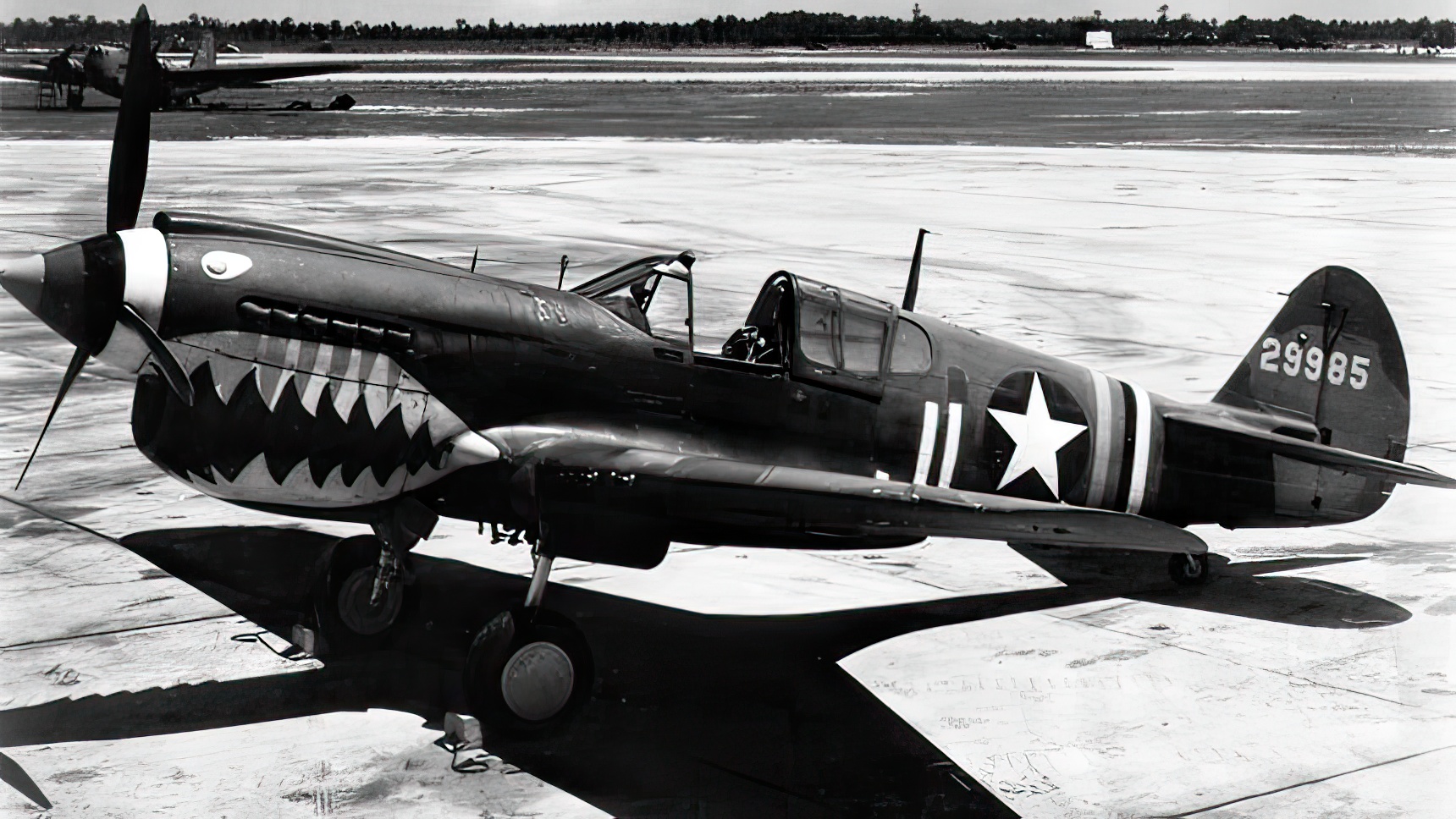
McMullen said he had recognised the plane and recalled working on it after hearing about ghost plane stories at a veterans meeting. After the Japanese had invaded the Philippines at the onset of the Pacific War, McMullen and other US troops stayed in the jungles fighting the invading Japanese forces.
They managed to locate a couple of P-40 fighters that had all crashed at different points in the jungle, and with their parts and scraps, they were able to get one of the planes airworthy. During a takeoff test, the plane’s left wheel broke, and they had to make a skid out of bamboo poles to stabilise it until they would come off on takeoff in the small landing field in the jungle that they built.
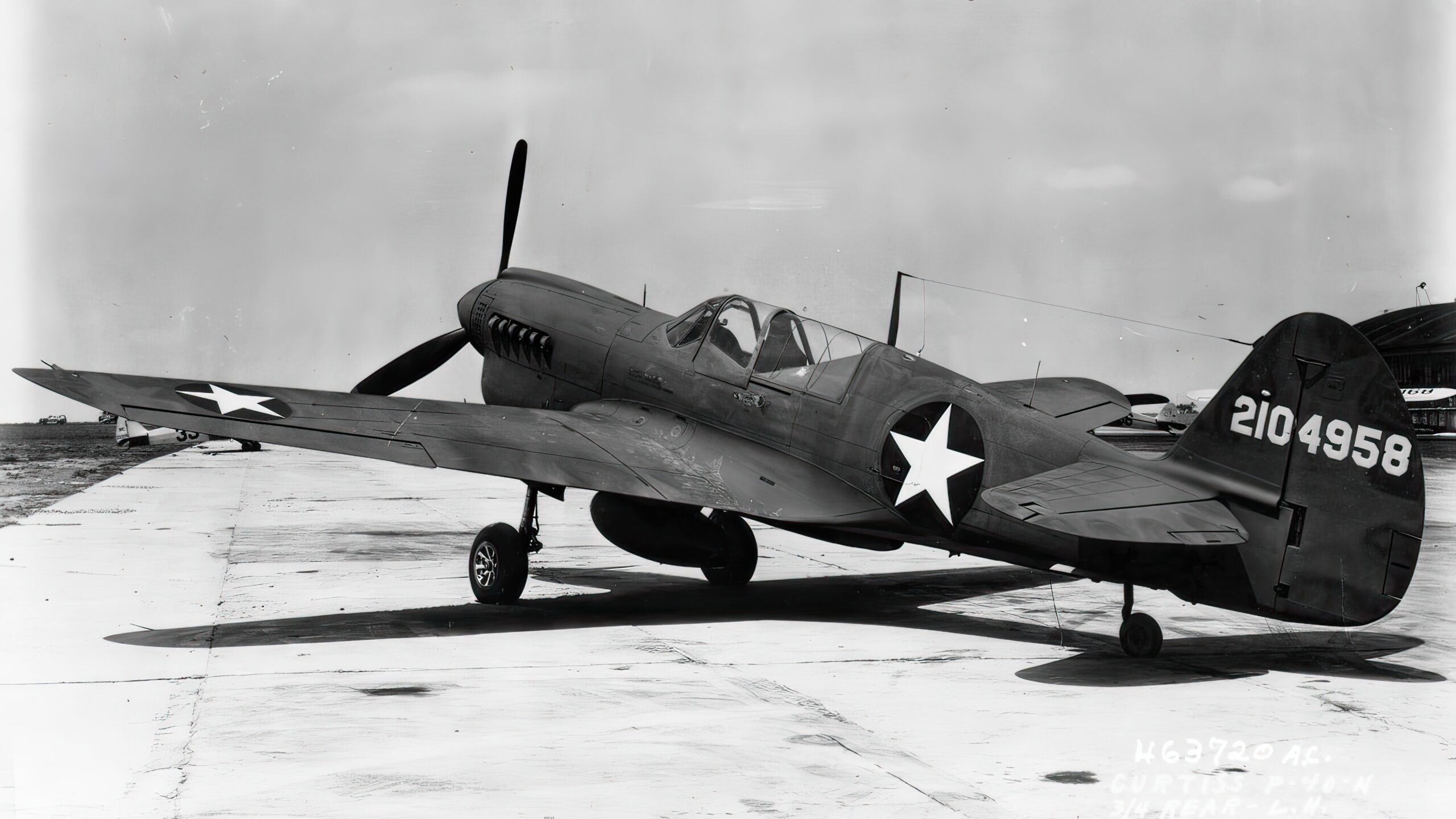
Mystery Solved
On September 2, 1942, an unknown person took off the plane without the soldiers knowing who it was. McMullen suspected that it was an American pilot who had been hiding in the jungle, just like them. Not long after, McMullen and the rest of the American troops hiding in the jungle were captured by the Japanese. They lived through terrible captivity as the Japanese would become known for their horrible treatment of prisoners of war.
Only McMullen survived out of the entire group. Gratitude for that will remain eternal too, as we now know the origin of that mysterious legend just as Norris did ages ago. Nevertheless, the identity of the pilot who made that last flight in that P-40B remains unknown to this day.

